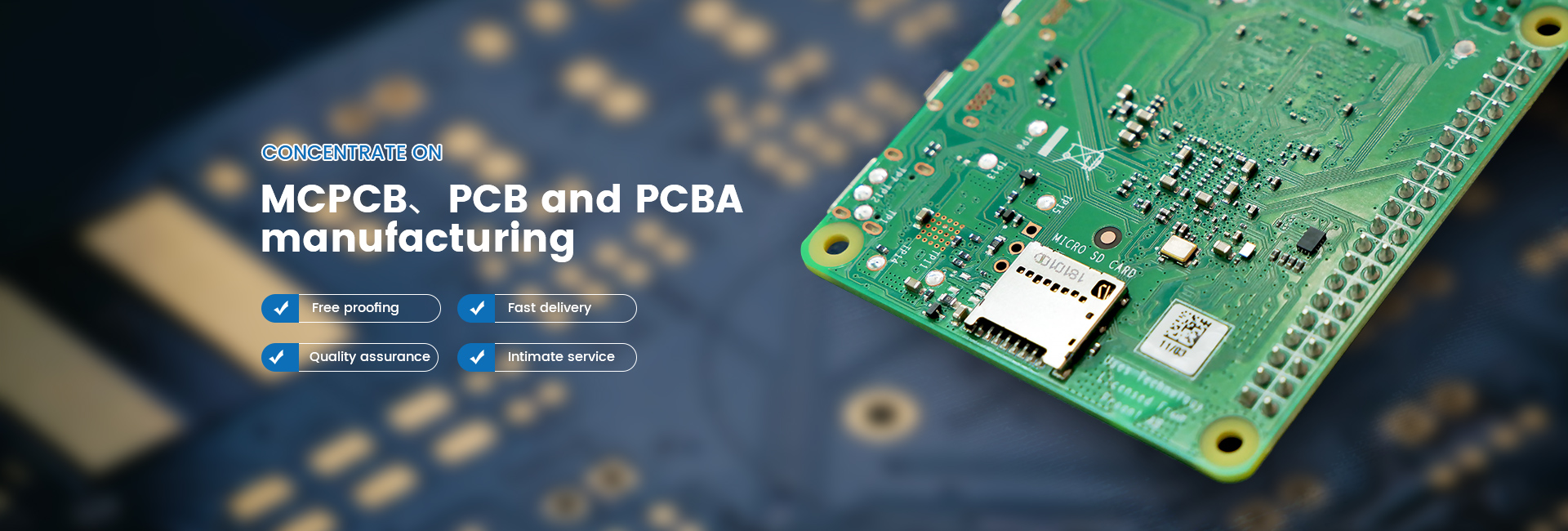Time:2023-02-03 Visit:
1. High -incidence heat heating device plus radiator and heat conduction board
When there are a few devices in the PCB circuit board, when the heat is large (less than 3), a heat sink or heat sink can be added to the heat device. When the temperature cannot be reduced, the radiator with a fan can be used to use it to use it to use it to use it to use it to use it to use it to use it to use it to use it to use it to use it to use it to use the heat sink to use it to use it to use it to use it to use the heat sink device to use it to use it to use it to use it to use it to use it to use it to use the heat sink to use it to use it to use it to use it with a fan to use it to use it to use it to use it to use the heat sink to use it to use it to use it to use the heat sink to use it to use it to use it with a fan to use it to use it to use it to use it to use it to use the heat sink to use it. Enhance the heat dissipation effect. When the amount of thermal device is large (more than 3), it can be used
The heat sink (board), it is a dedicated radiator customized according to the location and height of the heat heating device on the PCB board or the height of different components on a large flat radiator. The heat sink covers the overall surface of the component, and contacts each component to dissipate heat. But due to component equipment

The consistency of the height of welding is poor, and the heat dissipation effect is not good. Usually add a soft thermal phase transformation pad to the component surface to improve the heat dissipation effect.
2. Use a reasonable wiring design to achieve heat dissipation
Because the resin in the board is poor, and the copper foil line and holes are the heat conductors of the heat, it is the main means to increase the surplus rate of copper foil and increase the heat conduction hole.
Evaluating the heat dissipation capacity of the PCB circuit board needs to calculate the equivalent heating coefficient (nine EQ) of the composite material composed of various materials composed of various materials with different thermal conductivity.
3. Heat the PCB line board itself
At present, the widely used PCB line board is copper -covered / epoxy glass cloth substrate or phenolic resin glass cloth base material, as well as a small amount of paper -based copper plate. Although these substrates have excellent electrical performance and processing performance, they have poor heat dissipation.
It is almost impossible for the PCB to transmit heat from the PCB itself, but to dissipate heat from the surface of the component to the surrounding air. However, as electronic products have entered the era of miniaturization of parts, high -density installation, and high -incidence thermal assembly, it is not enough to heat dissipation if it only rely on the surface area with a small surface area
of. At the same time, due to the large number of surface installation elements such as QFP, BGA, etc., the calories generated by components are largely transmitted to the PCB line board. Therefore, the best way to solve the heat dissipation is to improve the PCB's own heat dissipation capacity that directly contacts the heating element. The board is conducted out or distributed.
4. Arrow the highest power consumption and the most heat -heating device near the best position of the heat dissipation. Do not place higher fever devices on the corners of the printing board and four -week edges, unless there is a heat dissipation device near it. When designing the power resistance, choose a larger device as much as possible, and
When adjusting the layout of the printed board, there is enough heat dissipation space.
5. The device on the same printing board should be arranged as much as possible according to its heat and heat dissipation level, and devices with small heat or poor heat resistance (such as small signal transistors, small -scale integrated circuits, electrolytic capacitors, etc.) are placed on the place in The highest level of cooling airflow (at the entrance), a large amount of heat or a large amount of heat
Affordinated device with good thermal resistance (such as power transistors, large -scale integrated circuits, etc.) is placed at the lowest downstream of cooling air.
6. It is best to place the device that is more sensitive to temperature at the lowest temperature area (such as the bottom of the device). Do not place it directly above the heating device. Multiple devices are best to staggered on the horizontal plane.
7. In the horizontal direction, the high -power device should be as close to the edge of the printing board as much as possible in order to shorten the heat transfer path; in the vertical direction, the high -power device is as close to the layout of the printed board to reduce the temperature of other devices during the work of these devices to work. Impact.